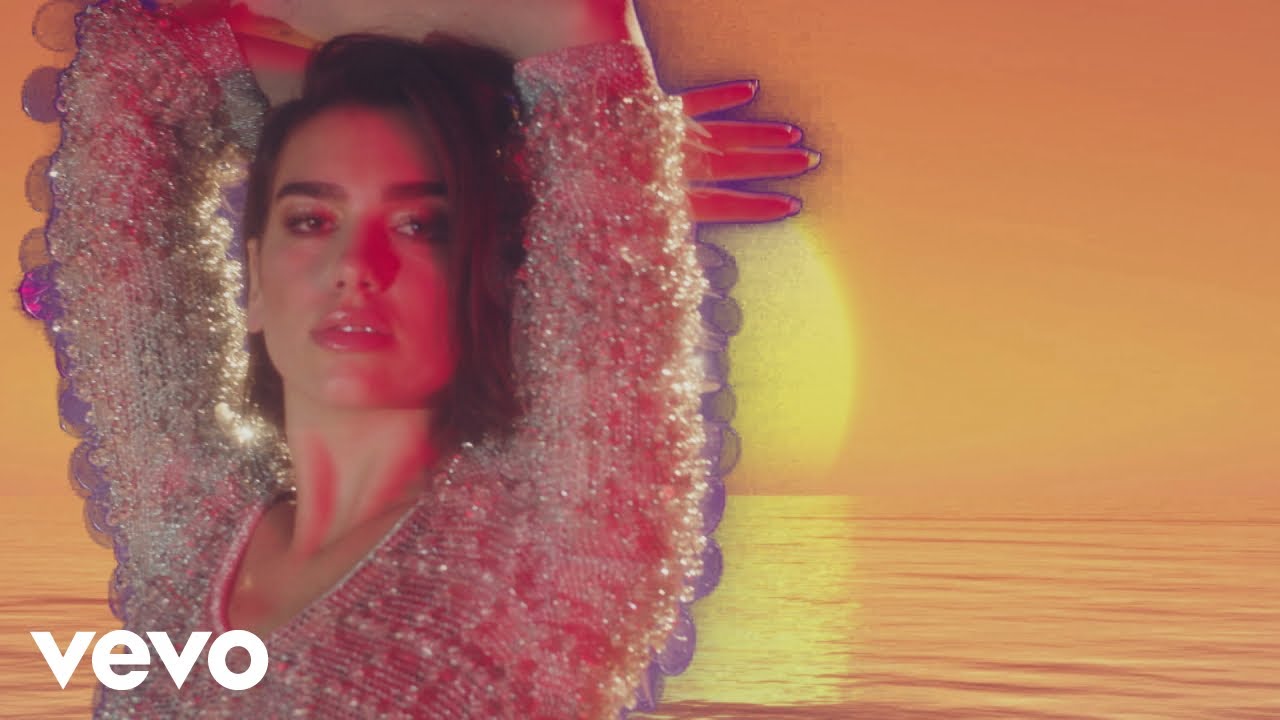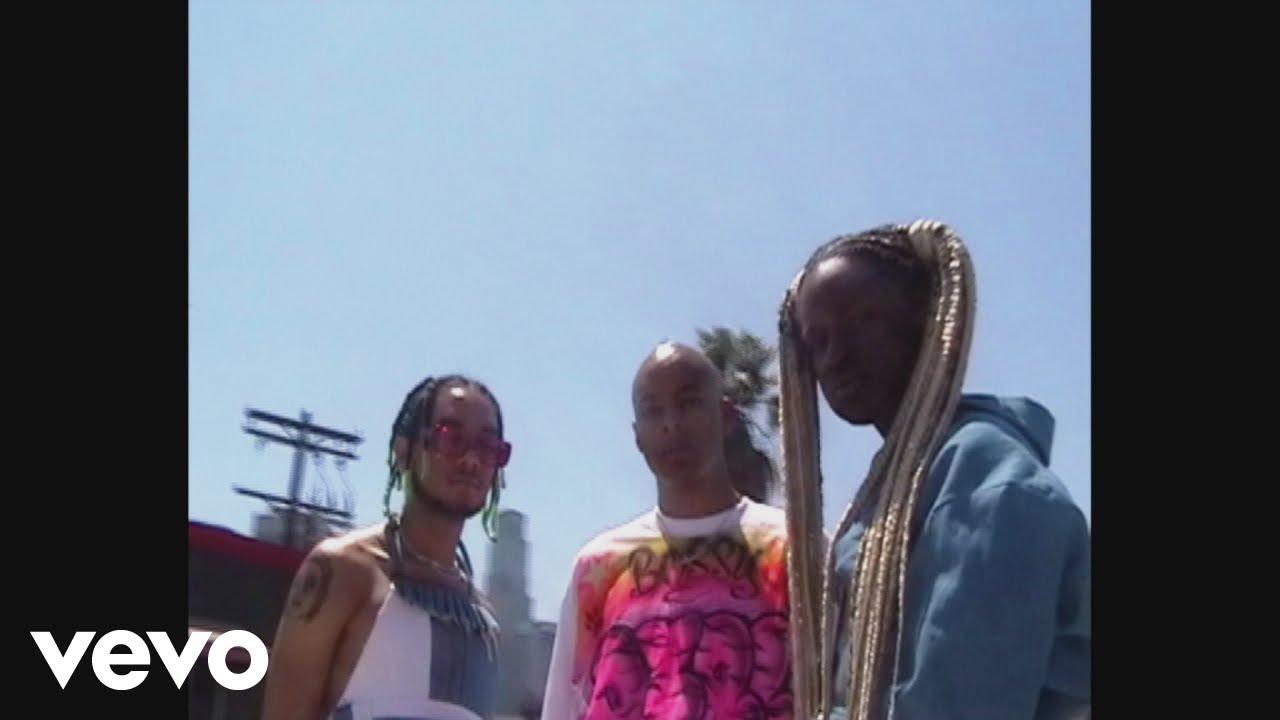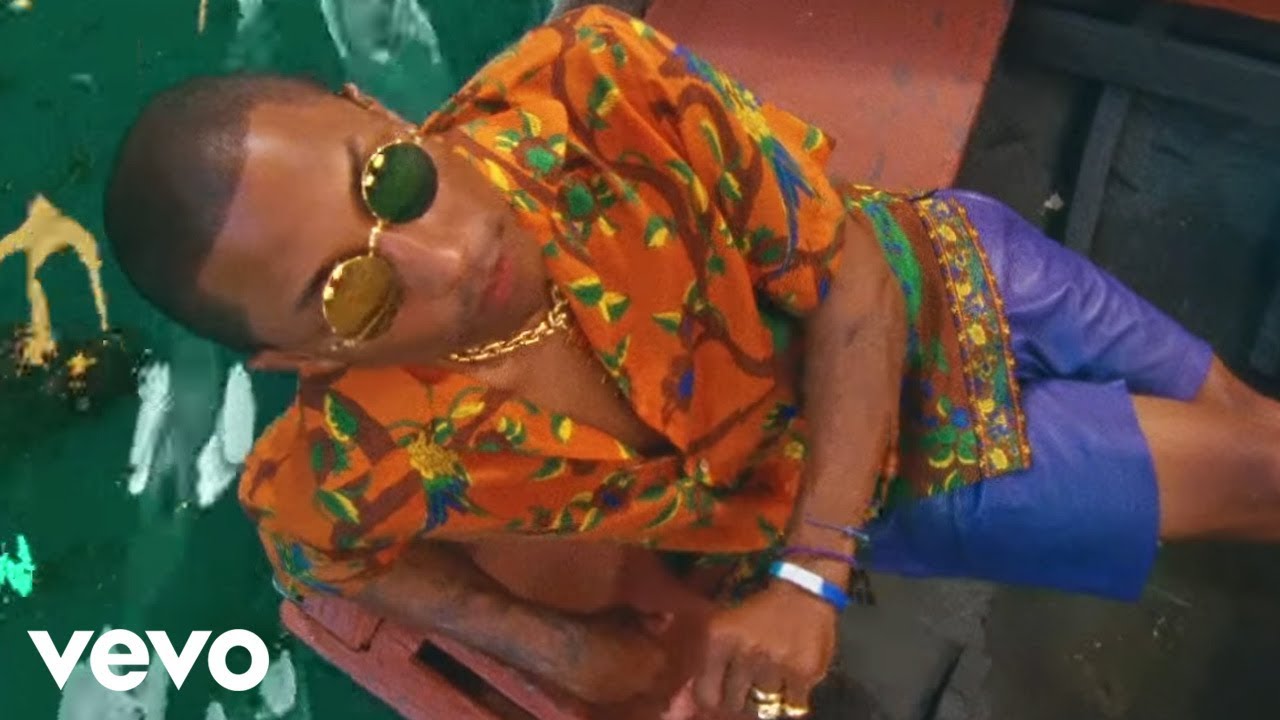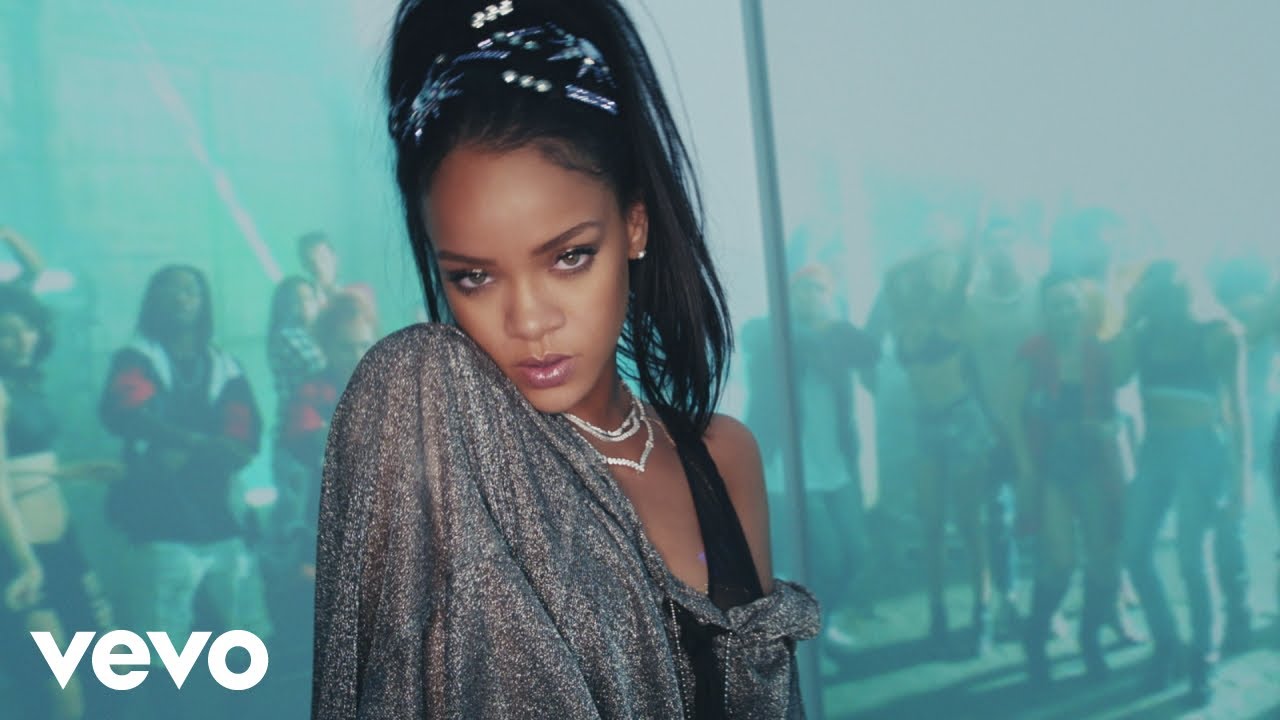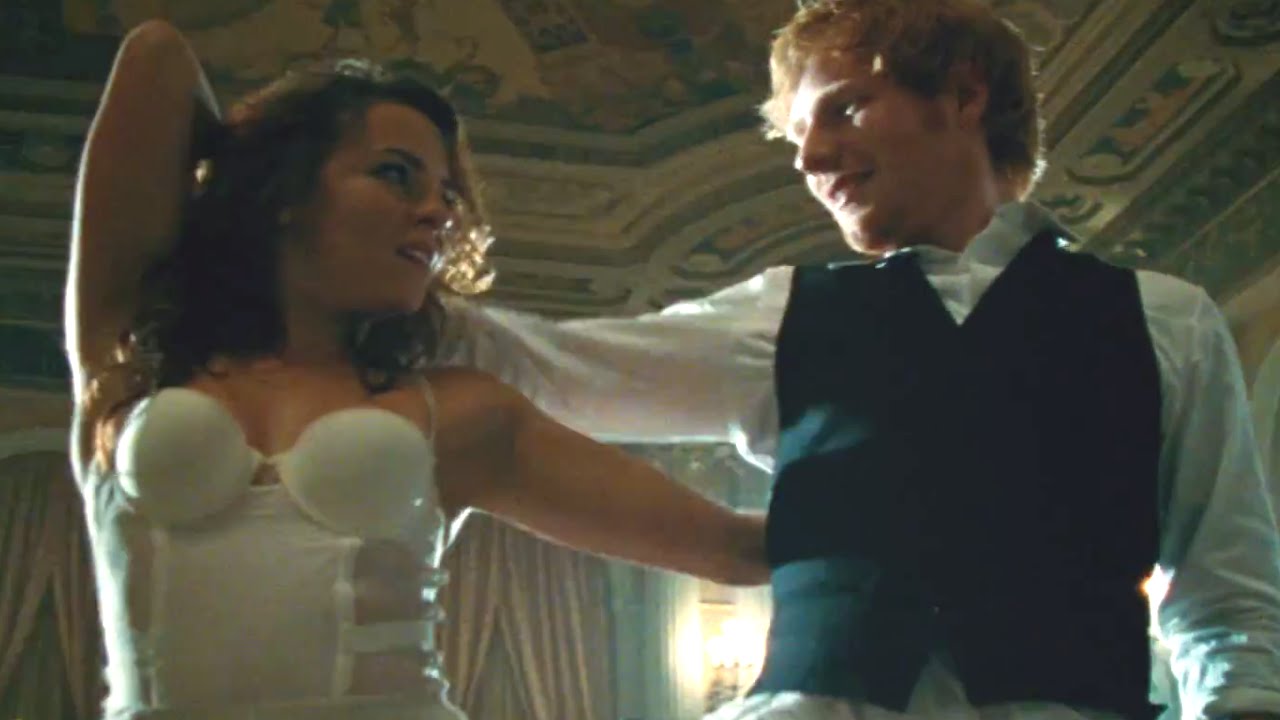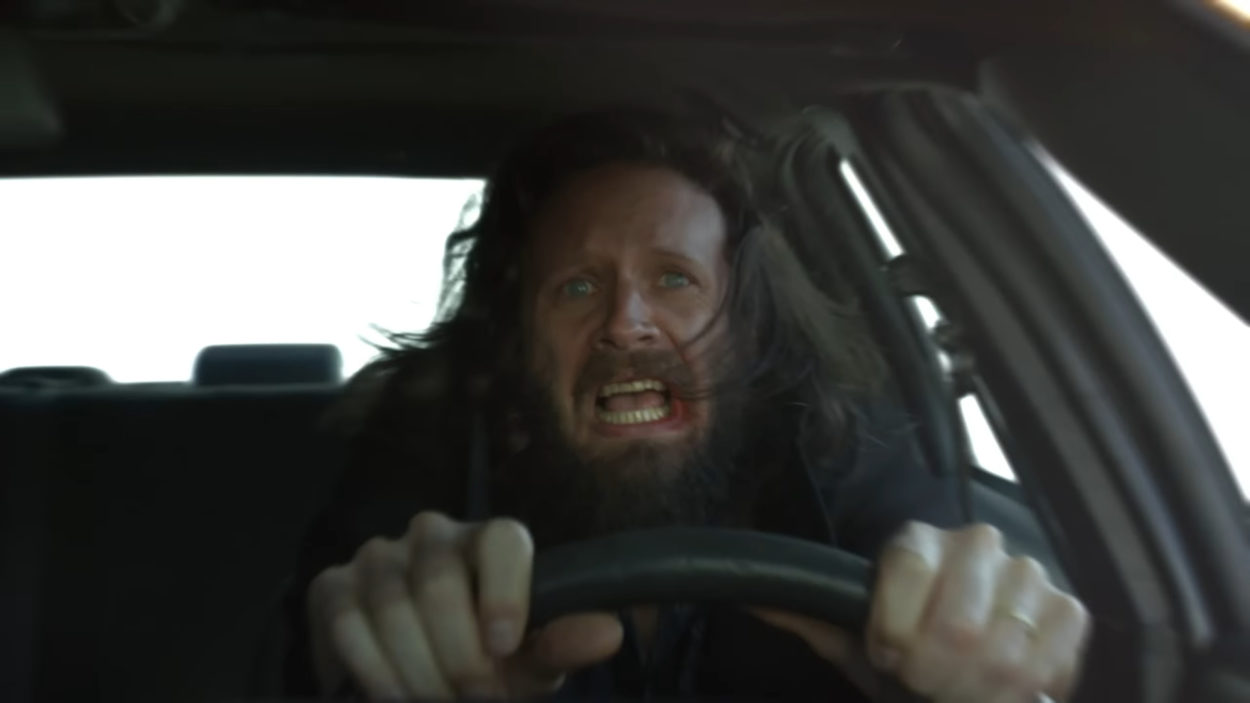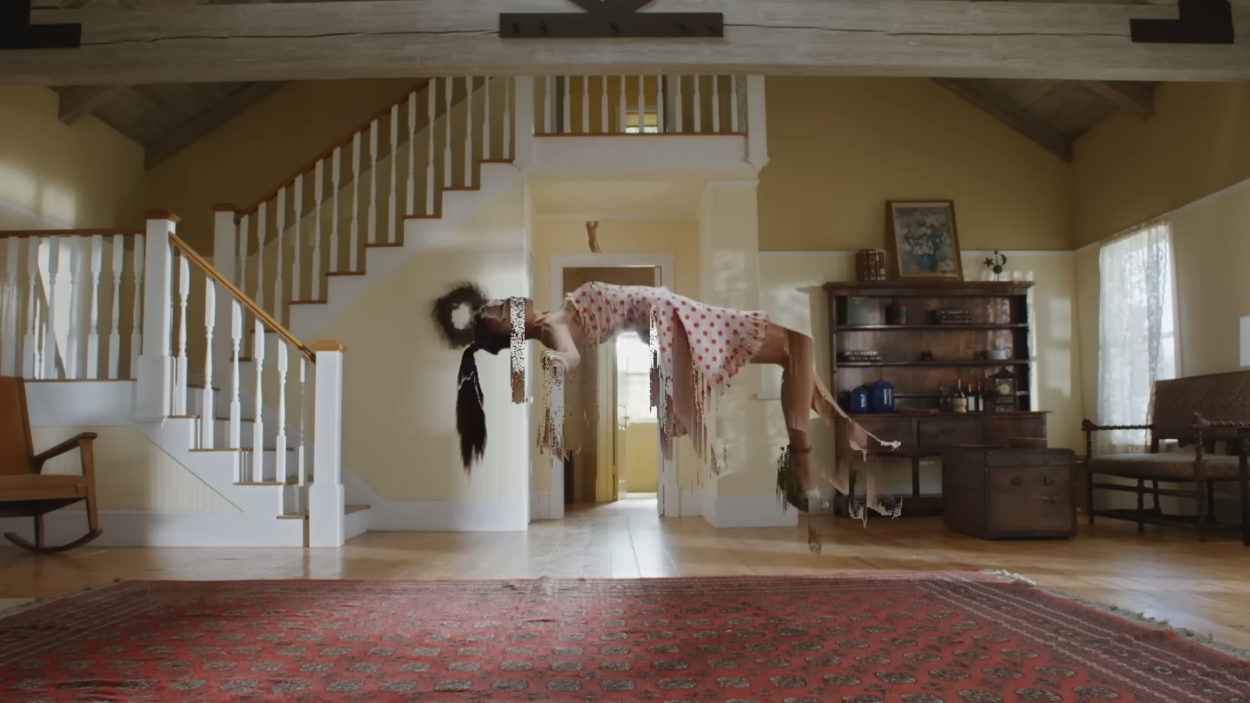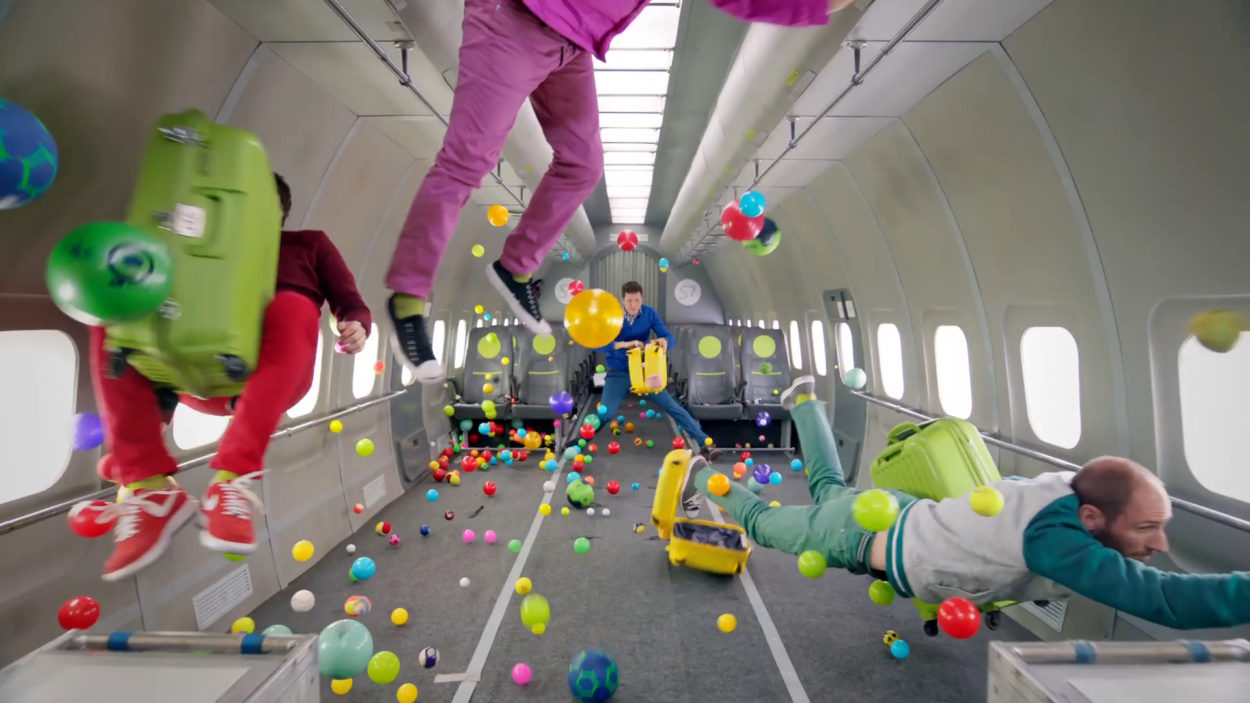Can you recall the moment when you decided that you wanted to direct?
I was always into music and acting. At school, I was definitely more into that side of the world than I was into academics. When I was 17, I worked on a music video set making tea and coffee. That world felt like it encompassed all the things that I was really interested in – from story, to performance, to music, to everything. It felt like just a really good fit for the things that I was good at.
Also, I trained as a chef when I left school and I honestly feel that cheffing and directing are very similar in the way that you feel like when you’re in the kitchen. It’s so high-level stress. You have a two-hour service. You can’t get anything wrong. Your mistakes are very, very out there and you have a lot of people in one melting pot of different personalities and egos. So, it felt similar when I was on a film set. You have limited time, lots of egos, lots of people, lots of personality management. One of the things I’m best at in a weird way is dealing with people, so directing came quite easily because that was what I was already very used to.
Please describe your childhood. Were you brought up in a creative environment?
My father was an actor. My mom then went on to be a writer and my dad went on to be an artist. And they were both in the theatre. One thing they always taught me was that I could be whatever I wanted to be. Neither of them was very academic. They always really pushed me to explore the other side, whether that was nature or painting or whatever, they were more inclined for me to explore and create than to focus on academics.
Where is home now?
My home is Los Angeles. I’ve been there five years. It’s very different from where I grew up – incredibly different. It’s almost surreal but I do love it.
Your brother Jake is also a film director. How would you sum up your relationship growing up and now?
Well, not only one of my brothers, but all three of my older brothers. My oldest brother, Zadoc was the youngest ever director to be signed to the BBC, and then my other brother Olsen is a director, and then my brother Jake is a director. I always joke that it’s like we are all tailors. It’s the family business. I feel that it’s from our father, a lot of these values and things that we look for in life come from him.
You have long-established relationships with Ed Sheeran and Calvin Harris. How does the collaborative process work with these artists?
Well with Calvin, we just shot our 20th music video so quite a landmark, yes. I think working with Calvin for so long has really taught me to push myself in ways maybe I wouldn’t necessarily go to straight away. I’m always exploring in my work, but especially with Calvin, he’s given me a really wide playing field. We have a process. He has a strong idea of what he sees with the music and the emotion or the visual that it evokes, and that’s our starting point, and then usually I’ll build it all out or sometimes it’s an open brief.
I feel blessed to work with people in such a collaborative way because I think in a lot of music videos or in a lot of these commercials and films, the process can feel quite disconnected from the person that you’re writing the idea for. But with Calvin and Ed, I really know what they like and what they don’t like, so when I’m coming up with ideas, I know certain things they’re going to like. For all of my work, I always feel I want to know who the audience is and who I’m trying to hit and where and what space I want the work to be big in.
I think with Ed, it’s a similar kind of collaboration. He has feelings and emotions that he feels the song evokes and the story that he’s trying to tell. So we always start with that. The journey I’ve had with Ed has been one that I’ll always remember.
I met Ed maybe seven years ago. It was on his first small video with a major label, and to go from that and then to the whole album, and onto the next album, and win VMA together and get billion view videos together… To be so part of a journey, to see it from the beginnings to the absolutely most humungous successes is something that I’ll never forget and something that excites me most about the industry. It’s something that you can be attached to from the birth of it and then watch it grow.
Obviously, I do big videos and stuff, but they’re already successful. They already have huge fan bases. They already have the things that come with that success, so when you get to work with a new artist and the video drops, and it’s not got that many views and it builds and it builds and builds – it really is like watching a storm. It really is.
After the initial briefing what is your usual creative process for working your magic?
To me driving is a big part of coming up with ideas. I love driving because it shuts off the intellectual side of your brain. I concentrate on the driving with the side of my brain that I feel is needed for that and I feel like the other side of my brain is freed up. It doesn’t have the clutter of life. I just think driving at night, especially in Los Angeles, it creates a blank space in which I’m able to think about the ideas.
My other process is a process of elimination. I’m not thinking so much about what I want to do as much as what I don’t what to do. I definitely think about things that feel wrong before I think of things that feel right. I think about the audience a lot, but honestly, I feel that my best ideas and the ones that I’ve been most happy with and that have been the most successful have always come just straight away, like in a way of I’ll put the song on, I’ll pull away at my drive and it will be like, “Oh my God, maybe that’s that.” I don’t know, maybe it’s a cliché but I feel like my best ideas come fast.
Throughout your collaboration with Calvin Harris you’ve managed to channel the spirit of his featured stars – Dua Lipa, Rihanna, Sam Smith, Pharrell Williams, Katy Perry the list goes on – into completely different feel and tone films. Now you have nailed the soulful sounds of his latest collaborating artist Rag’n’Bone into this cinematic film for his track Giant. But of course it’s not a linear plot line. What were your initial thoughts for the narrative and how did these evolve?
With Giant, I really was trying to look to the lyrics and look to the story that Rag’n’Bone Man was trying to tell. It’s a song that he wrote about his mother and is very personal to him and he wrote it a long time ago. So I was trying to achieve a kind of emotional connection to that. I guess even though I feel the narrative is very fragmented and surreal and almost fantasy, at the core of it, it’s essentially about a young man who wants to escape. For me, I feel like it’s a very poignant story today of a young boy who wants to just escape the city and escape the heaviness of his life and run to nature. I think in some weird ways, it’s a lot of how I feel a lot of the time. I think the idea that we’re stuck in the city and the grind and the everyday of it all, and the desire to run away from it all is very relatable.
Does Calvin Harris get to choose what he does in his cameo appearances or is this over to you?!
It’s a conversation, really. We’ve done very different types of cameos. He’s great to work with and he’s open to all ideas. We always joke. The ongoing joke is that I always say, “Hey, let’s just shoot it and we don’t have to use it in the edit.” It’s always better to have it in the edit and not use it than not have it at all.
Do you write most of the narratives?
Definitely, yes. For me the narrative side of videos is always been something that I like. When I first started making videos, right at the beginning, I was writing such dark ideas and I would never ever book the job. I ended up going into a much more pop video performance world, and actually funnily enough, I’ve come full circle now. I do feel like I’m writing a lot more narrative ideas, and with that darker perspective.
How button down is your planning before the shoot or do you allow flexibility to see where the chemistry on the day leads to?
I am incredibly unplanned in the way that I love – not that I want to be totally unplanned, but I love the idea that the magic is in spontaneity. I always joke the magic is in the madness. For me when it’s too over planned and it’s too button-down, I just feel like you film what is on the piece of paper rather than what’s happening in the room.
I’m pretty dyslexic. I’m pretty ADD. For me, I need to be in it. When I’m in it and surrounded by it, it really works. I always say that I love having a roadmap with a beginning, middle, and end, a destination, but the journey and the side streets that we take along that, I love to feel we can go anywhere but we will always come back to our path.
For instance, the editing is super complex in Feels with Calvin Harris, Pharrell Williams, Katy Perry and Big Sean. To what extent did you map out the details before the shoot?
I think for me again that comes back to my ADD. One thing I hate about videos is I hate repetitive videos. I hate videos that feel like there are five setups and they’re all just repeating and there’s no evolution. I love the idea that every shot in the video is different. Even if it’s in the same space, it’s like a different moment. I love the idea that you can watch one of my videos and watch it so many times and still feel you’re capturing new moments that you didn’t see. That’s really the mindset going into it. Then I think in the edit because I get bored so easily, I love to just keep attacking the edit, keep building it, keep taking little turns. I don’t want the viewers to get bored, and my boredom is the thing that I’m tracking it on. I’m just trying to not get bored.
Does the vibe on set change from project to project?
Yes, definitely. My sets, they’ve become a lot calmer but they are still incredibly wild. The thing that I really believe is that the vibe on the set really comes across in the videos, so for me, I always want to have really electric energy on the set, I want it to feel alive and not stagnant. I hate stagnant shoots. I hate a shoot that feels like you’re just doing it by numbers. For me I like it to feel like mayhem and crazy and exciting. I definitely think I’ve got calmer, but I still like the levels of energy to be very high.
When you’re mapping out your ideas do you draw sketches or write notes? Do you keep notebooks?
I do a lot of stuff through pictures personally and pull and reference visuals throughout the prep process. Also, I just like going to locations. I like taking a lot of photos. For me, the location is so key because I feel it’s the playing field. It’s where you can really get lost. I like creating a roadmap of the location in my head, that’s the most inspiring to me, and then I just write a lot of ideas. I write a lot of these random ideas in the prep process, and then basically the day before, I try and harness them into something that feels cohesive.
Your work features increasingly breath-taking elaborate sets – sometimes just for a few frames. Do you imagine the sets when you’re prepping the treatment or do these evolve out of long conversations with the set designer?
Yes, when it comes to set build, I definitely have a very clear idea of how I want it to look. A lot of the time, I can really see the world in my head but to try to get it out is actually the hardest bit because I can’t draw. That’s why working with amazing teams is so important. I can turn to our set designer and ask him to build a 360 set where every wall is a different landscape, and he can do it. It’s all well and good that I can say that’s what I want, but I’m surrounded by such a crazy talented team who can make it happen. It’s a group effort.
I’m intrigued why you sometimes flash a ‘real’ shot of the BTS into your work, such as Calvin Harris & Rihanna’s This is What You Came For, revealing such a simple idea was behind the astounding effects.
Yes. I’m not sure if this is the right saying but I always like the idea of breaking the third wall and the idea that you can give a glimpse of what’s real. Reality excites me and the idea that we can film and shoot these real moments. One thing with filmmaking that I find difficult, is I don’t like the idea of creating a completely fictional scene just to create a theme. A lot of things that inspire me are things that really happened or things I’ve seen or moments that I’ve dreamt, so the idea that when I’m shooting something, I like to give that hint of almost like a laugh like, “ha ha” like “It’s not real.” It’s almost like fucking with the perception of it. I’m breaking the illusion of the music video.
Do you sleep the night before a big shoot?
I used to never. The biggest thing that happens to me is my dream. I know it sounds like cliché like “No,” but I do. I dream about the shoot and sometimes it goes well, sometimes it doesn’t, but I honestly wake up and I’m like, “Oh my god. I’ve got to shoot it now.” That happens a lot.
Describe the best place where you can go to unwind after a big production. Or are you constantly high-rev planning the next project?
I used to drink a lot, I used to drink incredibly heavily after a shoot. I used to release like a cannonball, but two years ago I quit drinking because I couldn’t keep releasing in those ways. I felt like as I got busier and busier, I couldn’t have a hangover because it was basically just like the next day would be a tech scout. This week alone we shot a photoshoot on Sunday. I’m prepping a short film that we’re making so I was in prep Monday, Tuesday, Wednesday. I shot a music video Thursday and a tech scout to the film Friday. I’m shooting Monday, Tuesday, a commercial and then I do a 10-day film starting from Wednesday. Then I go to London to direct Calvin’s Brits performance. The level of business at the moment is like I shoot one and I get to sleep for that next morning, but basically, it’s on again.
What was behind your decision to set up your own production company, Ammolite? And how has this independence affected your creativity?
I’ve been with the biggest production companies in the world and the smallest, and I realized being a smaller company, working in that more intimate arena, when you’re creating, is so much better. When I’ve been at the bigger companies, it can feel a bit corporate. With Ammolite I wanted to create a space that felt more like – we joke and say it’s more of an Andy Warhol’s factory rather than a production company. I consider it much more of a creative studio now. It’s a very playful, multidisciplinary atmosphere, very untraditional. When I’m working in this way, it’s the most creative I’ve ever been.
Do you have a regular team with whom you have a short-hand communication and understanding of the end goal?
Yes, Ammolite is really home to a collective of creatives, many of whom I’m with on a daily basis, ideating our big projects, and I also have an amazing team of talent who help me execute it. I definitely like to work in a way where I’m surrounded by people I know and trust. That’s always been really important to me. I love a shorthand. In the same way when I work with Calvin or Ed, I know what they love and what they hate, I love to surround myself with people who understand me in the same way and who know what I love and know what I hate. Same for me, I want to work with people that I know their strengths, or their fears, or I guess just working with people that really understand me and I really understand them as creatives.
Is long-format on the cards and do other genres, say documentaries, interest you? If so please tell us about plans and what was behind your desire to tell these stories.
Yes, I just shot my first feature film last year through Ammolite. I shot it in Canada. I feel like I’m trying to look at film in a different way. I feel like film is a very traditional medium and I’ve been trying to explore how to break some of those traditions, and I really do feel like the film that I created does that.
I love documentaries with a passion. Documentary is the long form I feel I watch the most actually. I’m really inspired by these films that cross and blur the boundaries of documentary and fiction. Within Ammolite, we have a strong desire to develop our own projects in-house, both series and documentaries. I feel like it’s a space that we’re going to be releasing a lot of projects through soon.
When you view your work after release are you usually happy with it or do you see only the flaws?
All the time, I’ll see a video a year later and I’ll realize that I have not watched it since it came out. I think you’re just with it for so long and you do so many different versions, it’s almost soul destroying. Once I’m through the process, I don’t even look at them.
LINK:

